Description
Who supplies the Omni-directional Fiberglass Antenna Extra-wide Band Antenna 600-6000MHz?
The Omni-directional Fiberglass Antenna Extra-wide Band Antenna 600-6000MHz CTRF-ANTENNA-FRP-60600-20300-N-90 style is a UWB antenna with 600MHz to 6000MHz antenna manufactured by C&T RF Antennas Inc, it covers the 2G 3G 4G LTE, 5G NR, 3.5 GHz CBRS, and 868Mhz, 915Mhz Lora band application frequency.
It can be used as a cellular antenna, a router antenna, a marine antenna, a base station antenna, a jammer antenna, etc.
C&T RF Antennas Inc is an omnidirectional fiberglass antenna manufacturer, we manufacture the fiberglass antenna with a Lora band, an ISM band, Wifi networks, NB-IoT networks, GSM networks, GPS networks, LTE networks, CBRS networks, cellular 3G 4G networks, cellular 5G 6G networks, etc.
Besides this 20x300mm size, we also have the same style same frequency Omni fiberglass antenna UWB antenna with 20x150mm, 20x200mm, 20x230mm, etc.
C&T RF Antennas Inc provides RF antennas with many antenna radio frequencies such as 169MHz, 230MHz, 315MHz, 433MHz, 868MHz, 915MHz, Lora, NFC, VHF&UHF, NB-IoT, ADS-B, GSM, Wifi 2.4GHz, 5.8GHz, 2G 3G 4G LTE, GPS, GNSS, 5G NR, UWB, etc.
C&T RF Antennas Inc. provides the 5G LTE antenna with many antenna types such as Dipole Antennas, Whip Antennas, Marine Antennas, Router Antennas, MIMO Antennas, Combo Antennas, PCB Antennas, FPC Antennas, Spring Antennas, Sector Antennas, Yagi Antennas, etc., for IoT & M2M industries.
Contact us for more details on the omnidirectional cellular fiberglass antenna such as antenna frequency, antenna type, antenna size, antenna spec, etc.
Omni-directional Fiberglass Antenna Extra-wide Band Antenna 600-6000MHz specification
Omni-directional Fiberglass Antenna Extra-wide Band Antenna 600-6000MHz Electrical Specifications |
|
| RF Antenna Type | Omni Fiberglass Antenna |
| Model | CTRF-ANTENNA-FRP-60600-20300-N-90 |
| Frequency Range | 600-6000MHz |
| Gain | 6/8dBi |
| VSWR | ≤3.0 |
| Impedance | 50 Ω |
| Polarization | Vertical |
| Directional | Omni-directional |
| Connector | N |
| Cable | Null |
| Max Power | 50W |
| Lightning Protection | DC-Ground |
Omni-directional Fiberglass Antenna Extra-wide Band Antenna 600-6000MHz Mechanical Specifications |
|
| Dimension | 20*300mm |
| Weight | Approx. 300g |
| Radome Material | Glass Fiber Reinforced Plastic |
| Operation Temperature | -20˚C ~ +85˚C |
| Storage Temperature | -40˚C ~ +85˚C |
| Color | Grey |
| Antenna Design | Dipole Array |
| Mounting | Screw |
| Safety Emission and other | RoHS Compliant |
C&T RF Antennas Inc. provides different sizes/gains with black color, white color, and grey colors of glass fiber-reinforced plastic antennas FRP antennas with standard N-type male connectors and 90-degree N male connectors for your best choice.
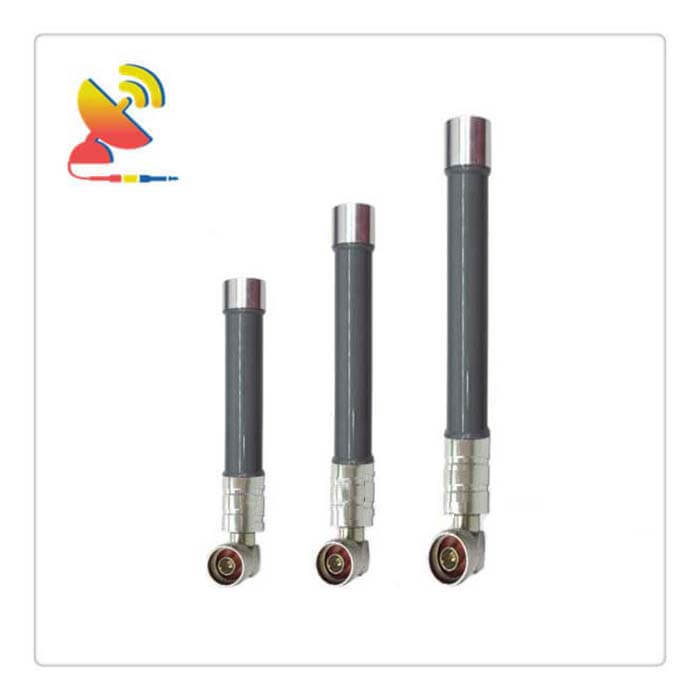
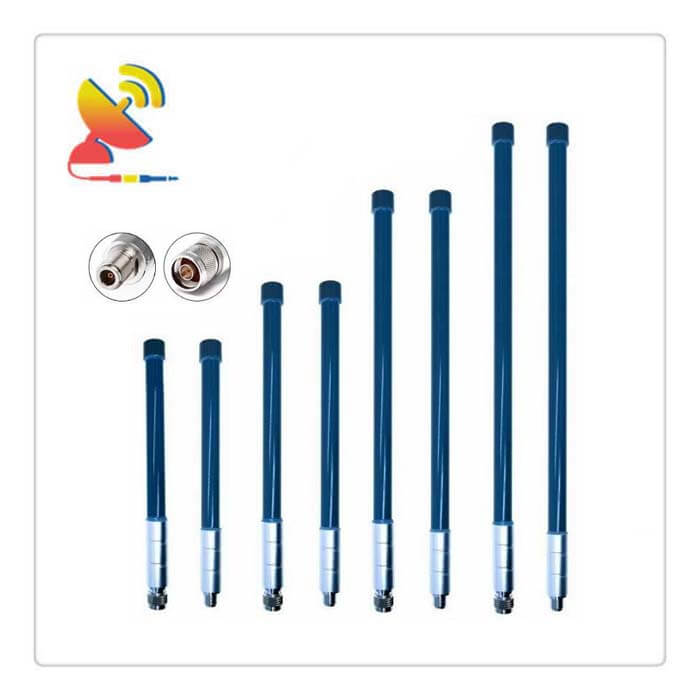
The base station antenna and the application of high-frequency PCB
Mobile communication information is transmitted using electromagnetic waves as the medium.
The main function and role of the base station are to receive and send wireless signals, and to convert the wireless signals into optical/electrical signals that are easy to transmit, so as to realize the transmission of information between different terminals. The frequency of the signal is distinguished.
The basic principles of 3G, 4G, and 5G base stations are similar, but there are certain differences in specific designs. 4G base station equipment mainly includes three parts: baseband processing unit (BBU), remote radio frequency processing unit (RRU), and antenna system.
At present, in 4G communication base stations, both the antenna system and RRU use high-frequency & high-speed PCBs, and the BBU mainly uses high-speed PCBs.
Baseband processing unit BBU:
It completes functions such as channel coding and decoding, baseband signal modulation and demodulation, and protocol processing. At the same time, it needs to provide interface functions with upper network elements.
Radiofrequency processing unit RRU:
It is an intermediate bridge between the antenna system and the baseband processing unit.
When receiving the signal, the RRU filters the radio frequency signal from the antenna, amplifies it with low noise, and converts it into an optical signal, and transmits it to the BBU;
When sending the signal, the RRU converts the optical signal from the BBU into a radio frequency signal and sends it out through the antenna.
Fiberglass Antenna system:
It is mainly used for receiving and sending signals and is an information energy converter between base station equipment and end-users.
From 4G to 5G, the base station structure and substrate requirements have not undergone essential changes, but the usage and parameters have been significantly upgraded. Therefore, the study of the 4G base station structure and the application of high-frequency PCBs will have reference significance for 5G.
The antenna, as the equipment for energy conversion, directional radiation, and receiving, is the core of the entire base station operation.
Its interior is mainly composed of five core components: radiation unit, feeder network, reflector, packaging platform, and electrically adjustable antenna controller (RCU) (4G base station antenna).
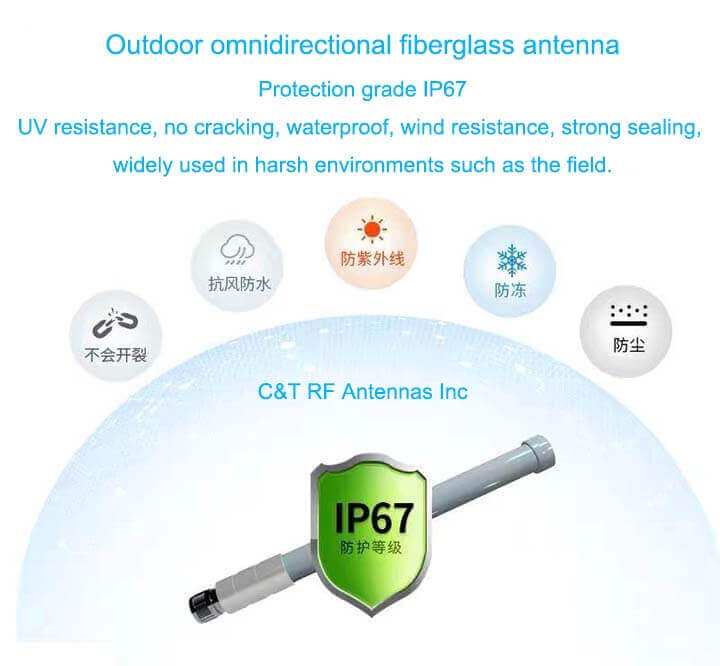
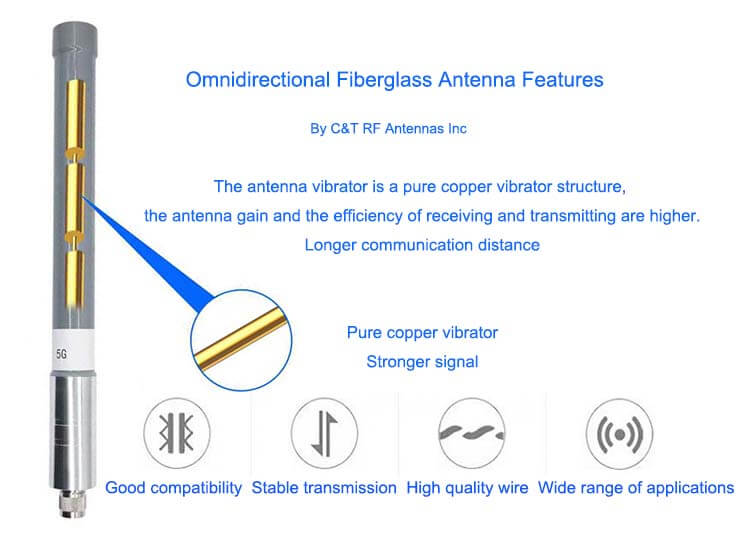
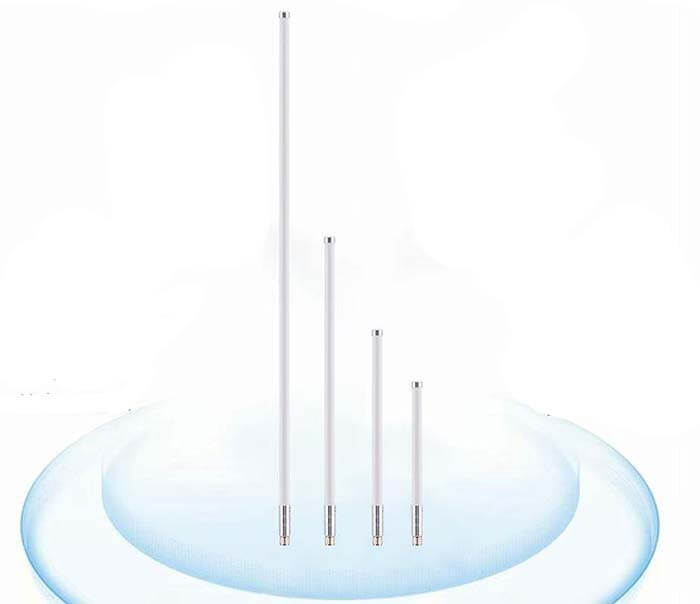
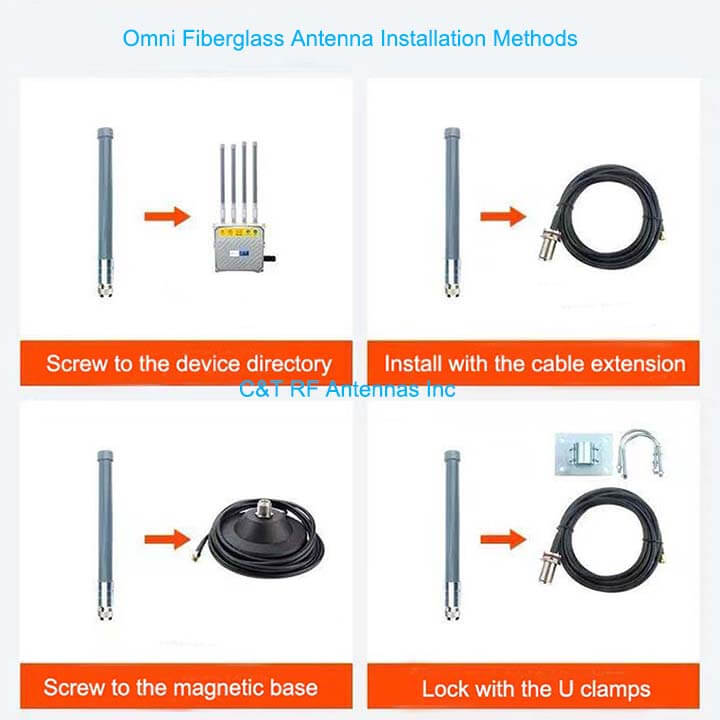

Outdoor Omni Fiberglass Antenna Applications


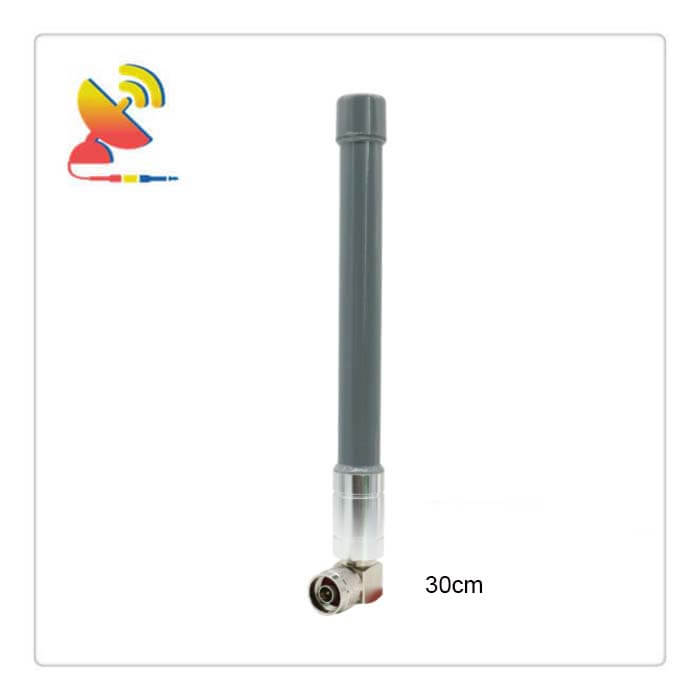

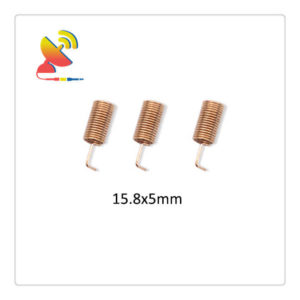
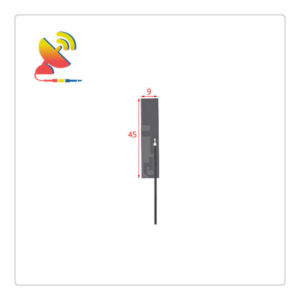
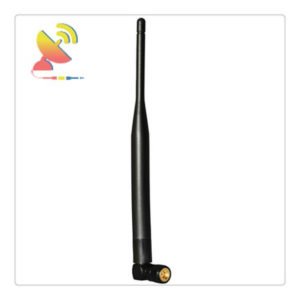
Reviews
There are no reviews yet.